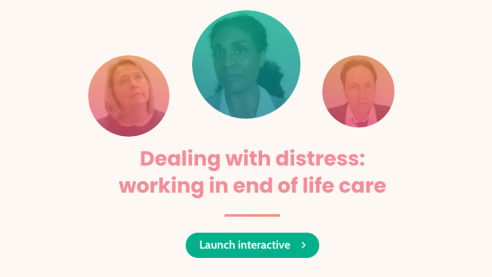It is widely accepted by health and social care professionals that clear, explicit and open communication is always the best, including in contexts about life-threatening illness, injury or at the end of life. But is open and explicit information always what patients and families want from health and social care professionals at these times?
In a diverse society, there are cultural and personal preferences in terms of communication expectations, with some patients and families preferring partial or even non-disclosure – this means they may not want to know all information or not in great detail. This animation suggests ways health and social care professionals can manage these communications.
Open communication supports informed consent around interventions, and the opportunity for advance planning in terms of care and personal matters, as it provides the patient with information to inform such decisions and actions. However, for people who do not wish to receive this information, or are ambivalent about open communication, unsolicited sharing of information may precipitate psychological and existential distress. When open communication is unwanted, health and social care professionals who insist on it can cause harm (Westendorp et al., 2023).
An international collaborative project led by academics in the Netherlands and the UK has drawn upon multi-disciplinary research findings to consider how health and social care professionals might navigate patient preferences for communication.
There are three key strategies which can help:
- Determine patient preference along the spectrum of wanting full, partial, or non-disclosure of information. This can include, for example, medical results, prognosis, or treatment options. Determining patient preference can include responding to uncertainty, ambivalence, and fluctuating desire for open communication.
- Invest sufficient time in making a connection with patients and their families. Making connections and building trust takes time, and patient preferences may also shift over time. Keeping the connection with the patient can ensure the health or social care professional can respond according to such changes.
- Maintain an open mind and attitude. Health and social care professionals need to be open to the social and cultural diversity of patients and be aware of how information can impact the patient and the patient–family dynamics.
Good communication is not just about the words. Health and social care professionals can forge stronger and more supportive connections by recognising and responding sensitively and flexibly to individuals’ preferences for information in end-of-life conversations.




Rate and Review
Rate this video
Review this video
Log into OpenLearn to leave reviews and join in the conversation.
Video reviews